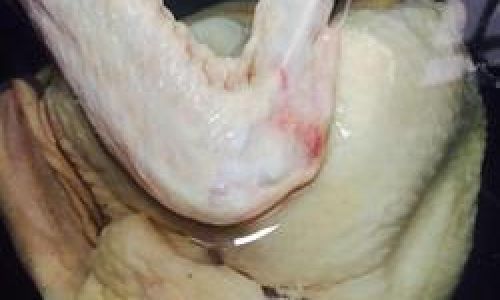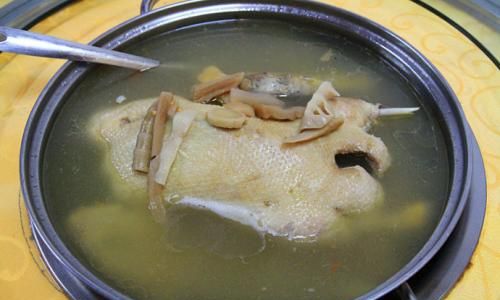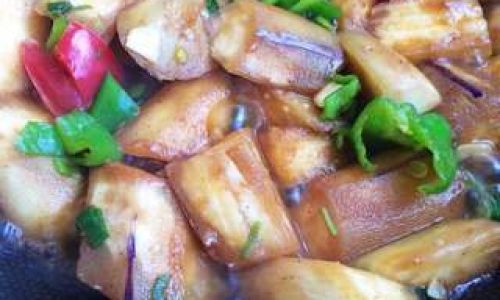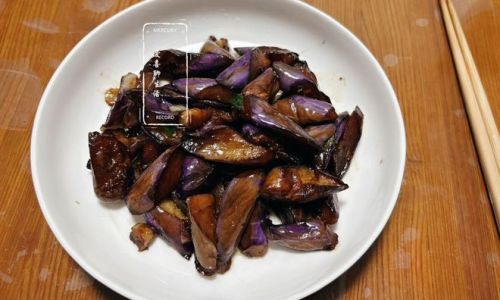Crabs, with their delicate flavors and succulent meats, have long been a culinary delight across various cultures. From the salty shores of the Atlantic to the pristine waters of the Pacific, crabs come in diverse species, each offering a unique taste experience. Whether you’re a seasoned seafood enthusiast or a novice looking to explore the wonders of crustacean cuisine, knowing how to prepare and enjoy fresh crab can elevate your dining experience to new heights. This guide delves into the intricacies of selecting, preparing, and cooking fresh crab to ensure every bite is a delightful explosion of flavors.
Understanding Crab Varieties
Before diving into the preparation, it’s crucial to understand the different types of crabs available. Each variety has its own distinct taste, texture, and best-suited cooking method.

-
Blue Crab (Callinectes sapidus): Found along the Atlantic coast of North America, blue crabs are known for their sweet, briny flavor. They are often steamed, picked for their meat, and used in dishes like crab cakes and crab salads.
-
Dungeness Crab (Metacarcinus magister): Native to the Pacific Northwest, Dungeness crabs are large, meaty, and have a slightly sweeter taste than blue crabs. They are perfect for boiling, grilling, or incorporating into pasta and soup dishes.
-
Snow Crab (Chionoecetes opilio): These crabs are found in the cold waters of the North Pacific and Arctic Ocean. Their long, delicate legs yield sweet, white meat that’s ideal for steaming, broiling, or using in sushi and sashimi.
-
King Crab (Paralithodes camtschaticus): Renowned for their immense size and rich, sweet flavor, king crabs are a luxury seafood item. Their legs are commonly cooked by steaming, boiling, or baking and served whole at special occasions.

-
Soft-Shelled Crab (Scylla serrata): Unlike hard-shelled crabs, soft-shelled crabs are caught during their molting phase. The entire crab, including the shell, is edible and is often fried, grilled, or stir-fried, resulting in a crispy exterior and tender interior.
Selecting Fresh Crab
Choosing fresh crab is paramount to achieving a delightful meal. Here are some tips for selecting the best crabs:
- Appearance: Fresh crabs should have a vibrant, moist appearance. Their shells should be shiny and intact, with no cracks or broken parts.
- Odor: Fresh crabs have a mild, briny smell. Avoid crabs that emit a strong, fishy odor, as this could indicate spoilage.
- Activity: Live crabs should be active, moving their legs and claws. If purchasing pre-cooked crab, ensure it has been cooked recently and stored properly.
- Source: Trust reputable fishmongers or suppliers known for their fresh seafood. Ask about the crab’s origin and when it was caught.
Preparing Fresh Crab
Once you’ve selected your fresh crab, proper preparation is key to unlocking its full flavor potential.
Cleaning Live Crabs
- Soaking: Place live crabs in a large container filled with clean, cold water. Allow them to soak for about 30 minutes to help clean out any sand or debris in their shells.
- Rinsing: Rinse the crabs thoroughly under cold running water. Use a brush to scrub the exterior of the shell, paying special attention to areas where dirt and debris may be trapped.
- Handling: Wear gloves to protect your hands from the crabs’ sharp claws and pinchers. Use a sturdy pair of kitchen shears or a crab cracker to handle and prepare them safely.
Preparing Pre-Cooked Crab
- Inspection: Ensure the crab meat is firm and moist, with no signs of discoloration or sliminess.
- Shell Removal: If using whole crab, carefully crack open the shell using a crab cracker or hammer. Remove any excess shell fragments and discard any internal organs, such as the stomach (a triangular, blackish sac) and the intestinal tract (a thin, white, stringy tube).
Cooking Fresh Crab
The cooking method you choose will depend on the type of crab and your preferred taste. Here are some popular cooking techniques:

Steaming
- Setup: Fill a large pot with about 2 inches of water and bring it to a boil. Add a steaming rack or a few inches of aluminum foil punched with holes to keep the crabs above the water level.
- Seasoning: Add aromatics like garlic, ginger, lemon slices, and herbs (such as dill or parsley) to the boiling water for added flavor.
- Cooking Time: Place the crabs on the steaming rack, cover the pot, and steam for about 15-20 minutes for medium-sized crabs, or longer for larger ones.
- Finishing: Remove the crabs carefully and let them cool slightly before cracking and serving.
Boiling
- Water Seasoning: Fill a large pot with enough water to fully submerge the crabs. Add salt, a few slices of lemon, and your choice of aromatic spices (like bay leaves, black peppercorns, and mustard seeds).
- Boiling: Bring the water to a rolling boil, then carefully add the crabs. Reduce the heat to a simmer and cook for about 15-25 minutes, depending on the crab’s size.
- Cooling: Remove the crabs with a slotted spoon and let them cool in an ice bath to stop the cooking process and make handling easier.
Grilling
- Preparation: Preheat your grill to medium-high heat. Split the crabs in half lengthwise, removing the internal organs. Brush the flesh with olive oil and season with salt, pepper, and your favorite herbs.
- Grilling: Place the crab halves on the grill, flesh side down, and cook for about 5-7 minutes per side, or until the flesh is opaque and slightly charred.
- Serving: Serve hot with lemon wedges and melted butter for dipping.
Serving and Enjoying Fresh Crab
Now that your crab is cooked to perfection, it’s time to enjoy it. Here are some serving suggestions and flavor enhancements:
-
Simple and Classic: Serve steamed or boiled crab with melted butter, lemon wedges, and a side of cocktail sauce made from ketchup, horseradish, Worcestershire sauce, and a splash of Tabasco.
-
Crab Cakes: Mix crab meat with breadcrumbs, eggs, chopped herbs, and a bit of mustard or mayonnaise. Form into cakes, lightly breadcrumb, and pan-fry until golden brown. Serve with a tangy tartar sauce.
-
Crab Salad: Combine crab meat with diced celery, red onion, and cherry tomatoes. Toss with a light vinaigrette made from olive oil, lemon juice, Dijon mustard, and honey. Garnish with fresh parsley or dill.

-
Crab Bisque: Use crab shells to make a flavorful stock by simmering them with vegetables, herbs, and water. Strain the stock, then use it as the base for a creamy bisque, enriched with crab meat, cream, and a touch of sherry.
-
Crab Stuffed Avocados: Hollow out ripe avocados, fill them with a mixture of crab meat, diced tomatoes, red onion, cilantro, and a squeeze of lime juice. Top with a dollop of sour cream or crème fraîche.
Conclusion
Enjoying fresh crab deliciously is an art that combines careful selection, thoughtful preparation, and creative cooking techniques. Whether you prefer the simplicity of steaming or the smoky charm of grilling, the key lies in respecting the crab’s natural flavors and enhancing them with complementary ingredients. By following these guidelines, you can transform fresh crab into a culinary masterpiece that will delight your taste buds and impress your guests. So, the next time you find yourself with a batch of fresh crabs, embrace the journey from sea to table and savor every delicious moment.






0 comments